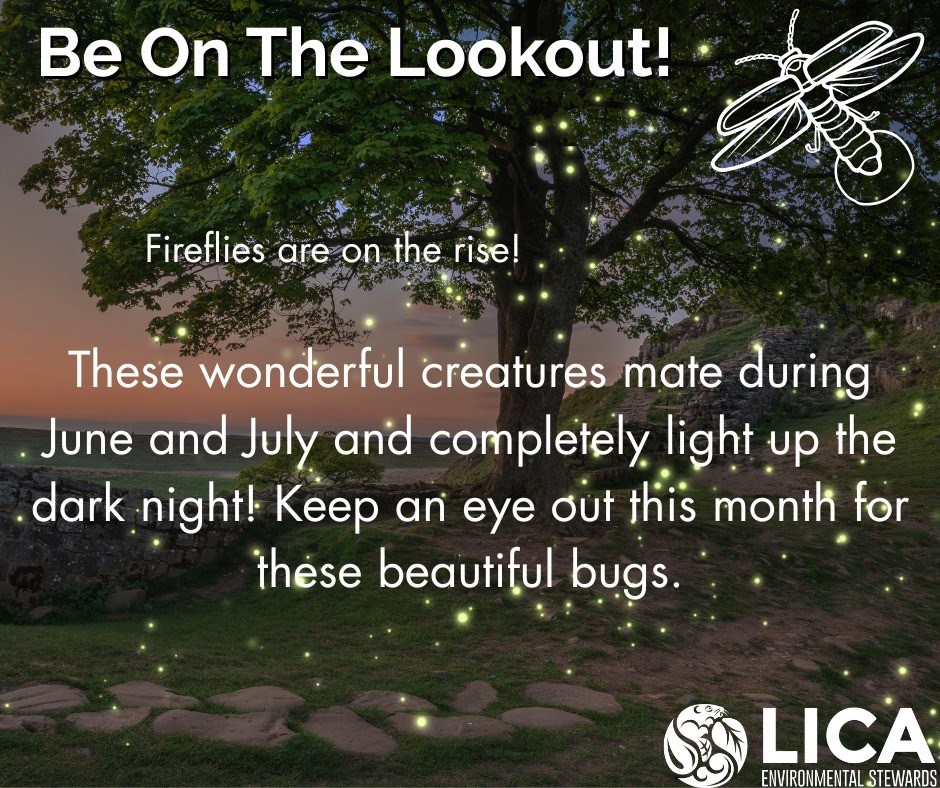If you’re lucky, you can spot the lazy glow of fireflies on a summer night in many areas of northern Alberta.
The Lakeland Industry & Community Association (LICA) has been spreading awareness about this enchanting insect, which belongs to the Family Lampyridae.
Jodie Genest, Community Outreach Coordinator for LICA, says fireflies can be found across Canada, and can even be spotted as far north as the Yukon.
“As for where they are in the Lakeland area, I’ve personally seen them at Chicken Hill Lake, Minnie Lake, and Fork Lake,” says Genest
You won’t see fireflies glowing at dusk, so you have to stay up late to catch a glimpse of them. Genest says their active times are usually between 12 a.m. and 2 a.m. in the months of June and early July.
You also must be in the right area, and higher precipitation levels in the spring will increase the chances of seeing these unique insects.
“They like high humidity. Moisture is a prominent feature of their habitats. You will find them close to lakes, wetlands, low lying meadows, some forested areas and even in suitable park areas in urban centres. There are also day-active species that don’t glow. These are more abundant in the western provinces,” says Genest.
Fireflies utilize a process called bioluminescence to create their glow.
“Bioluminescence is essentially a chemical reaction that creates light and for fireflies this takes place in their abdomen. The enzyme used to create light is called luciferase. Both males and females can glow, and they use that flash of light to attract a mate. Some firefly species use that glow, to warn predators or even to lure prey,” says Genest.
Fireflies are predatory beetles that feed on other smaller insects and play several roles in an ecosystem.
“In their larval stage, they are veracious predators eating snails, slugs, worms, and other small insects. They are preyed upon by other insects, spiders, and birds. They are capable of pollination and some adult species actually feed on nectar and pollen as well as other insects,” says Genest.
LICA advocates for environmental stewardship, and Genest believes that reducing the use of pesticides is crucial to protecting beneficial insects like the firefly, as most of the pesticides are broad-based, which not only kills the undesirable species but also the desirable ones.
Genest also explains that light pollution in urban centres can interfere with the insects’ mating displays.
“As for protecting them, it is very important to manage our riparian areas appropriately. By increasing native vegetation around our shorelines, this increases soil stability and creates appropriate habitat for organisms that live in those areas. Clearing trees, shrubs, and grass around our riparian areas drastically alters the ecosystems for these amazing insects. Leaf litter is a vital habitat feature for egg protection over winter,” says Genest.



